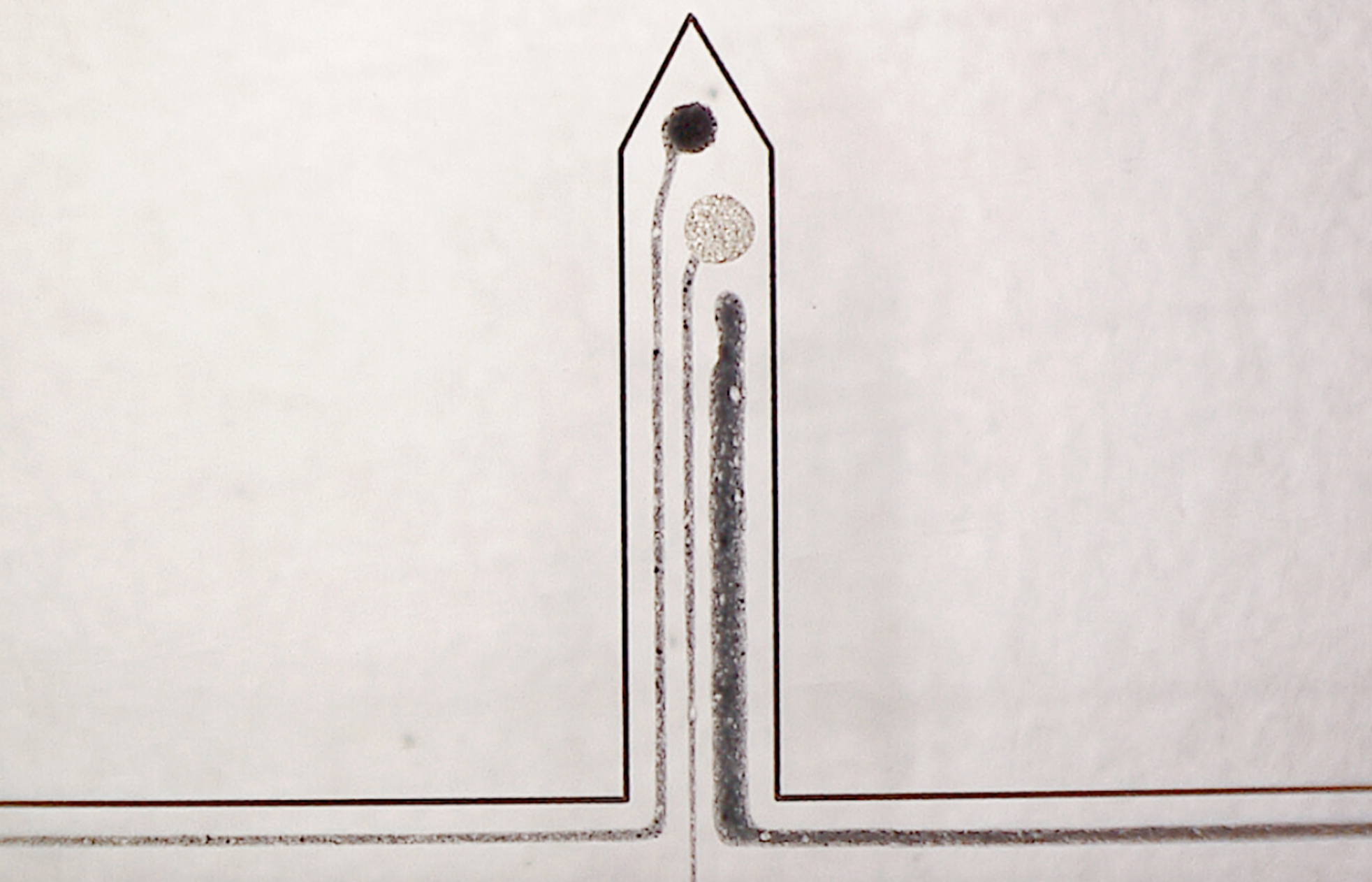Riyi Shi and Purdue colleagues have developed a tiny, spinal cord-implanted, 3D printed sensor that quickly and accurately tracks glutamate in spinal trauma and brain disease. The goal is to monitor drug effectiveness, and predict migraine headaches in humans, although it has only been tested on animals.
Glutamate spikes are often missed. Damaged nerve structures allow glutamate to leak into spaces outside of cells, over-exciting and damaging them. Brain diseases, including Alzheimer’s and Parkinson’s, also show elevated levels of glutamate.
Devices to date have not been sensitive, fast, or affordable enough. Measuring levels in vivo would help researchers to study how spinal cord injuries happen, and how brain diseases develop.
In a recent animal study, the device captured spikes immediately, vs current devices, where researchers must to wait 30 minutes for data after damaging the spinal cord.
Quick to view Purdue video
Join ApplySci at the 11th Wearable Tech + Digital Health + Neurotech Boston conference on November 14th at Harvard Medical School
